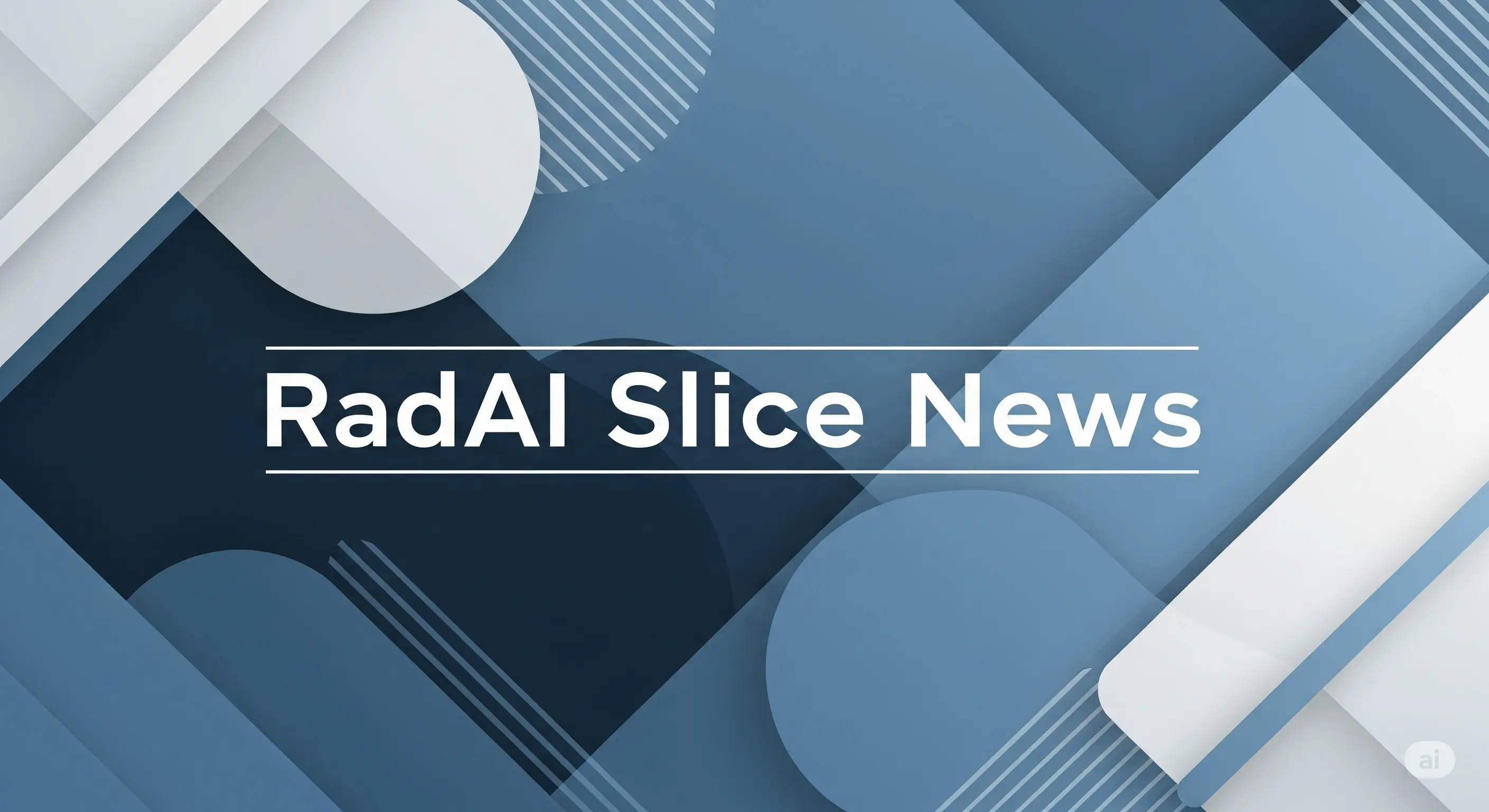LLMs like ChatGPT-4o and AmbossGPT can accurately classify bone fractures in CT radiology reports, aiding radiologists.
Key Details
- 1Study assessed four LLMs (ChatGPT-4o, AmbossGPT, Claude 3.5 Sonnet, Gemini 2.0 Flash) on 292 artificial CT reports representing 310 fractures.
- 2ChatGPT-4o and AmbossGPT showed highest overall classification accuracy (74.6% and 74.3%).
- 3Bone recognition rates were high for all models (90%-99%), but fracture subtype classification was lower (71%-77%).
- 4Statistically significant accuracy differences were noted between LLMs by fracture type and anatomical location.
- 5Validation with real-world reports (145 fractures) using LLaMA 3.3-70B yielded similar results to artificial datasets (~70% performance).
- 6Authors note need for further validation on large, multi-center real-world datasets.
Why It Matters
Radiology practices rely heavily on textual reporting, and automating fracture classification could streamline radiological workflows, reduce variability, and improve efficiency. While current LLMs show promise, further validation is necessary before widespread adoption.

Source
AuntMinnie
Related News

•AuntMinnie
AI Enables Safe 75% Gadolinium Reduction in Breast MRI Without Losing Sensitivity
AI-enhanced breast MRI with a 75% reduced gadolinium dose maintained diagnostic sensitivity comparable to full-dose protocols.

•Cardiovascular Business
Deep Learning AI Model Detects Coronary Microvascular Dysfunction Via ECG
A new AI algorithm rapidly detects coronary microvascular dysfunction using ECGs, with validation incorporating PET imaging.

•HealthExec
US Executive Order and HHS Strategy Set AI Policy Directions for Healthcare
The White House executive order and new HHS strategy shift US policy towards unified AI standards and expanded adoption in healthcare.